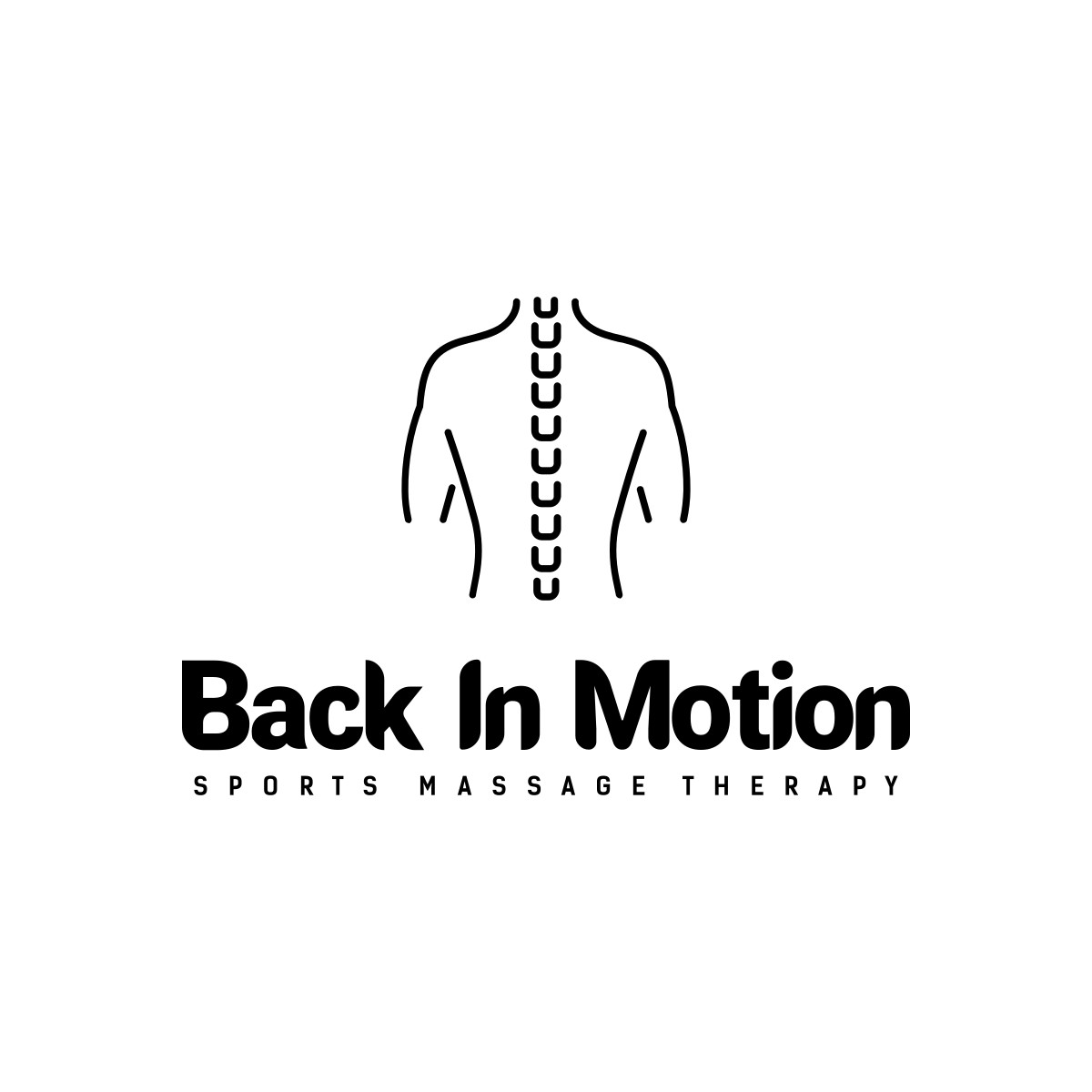Practical Tips for Relaxing Tight Muscles
- Back In Motion Sports Massage

- Aug 11
- 3 min read
Muscle tension is a common issue that affects many people, often causing discomfort and limiting mobility. Whether it’s from stress, poor posture, or physical activity, tight muscles can interfere with daily life. Fortunately, there are practical ways to relax tight muscles and improve overall well-being. This article explores effective techniques and tips to help you manage and reduce muscle tension.
Understanding Muscle Tension and Its Causes
Muscle tension occurs when muscles remain contracted for an extended period, leading to stiffness and pain. It can be caused by various factors such as stress, injury, repetitive movements, or poor ergonomics. When muscles are tight, they restrict movement and can cause discomfort in different parts of the body, including the neck, shoulders, back, and legs.
Common causes of muscle tension include:
Stress and anxiety: Emotional stress can cause muscles to tighten as part of the body's natural response.
Poor posture: Sitting or standing incorrectly for long periods strains muscles.
Overuse or injury: Repetitive motions or sudden injuries can lead to muscle tightness.
Lack of movement: Sedentary lifestyles contribute to muscle stiffness.
Understanding these causes helps in choosing the right methods to relax tight muscles effectively.

Effective Techniques to Manage Muscle Tension
There are several practical techniques you can use to relieve muscle tension and promote relaxation. Incorporating these into your daily routine can make a significant difference.
1. Stretching Exercises
Stretching helps lengthen tight muscles and improve flexibility. Focus on gentle, sustained stretches targeting the affected areas. For example:
Neck stretches: Slowly tilt your head from side to side.
Shoulder rolls: Rotate your shoulders forward and backward.
Hamstring stretches: Sit on the floor and reach for your toes.
Hold each stretch for 20-30 seconds and repeat 2-3 times. Avoid bouncing or forcing the stretch to prevent injury.
2. Heat Therapy
Applying heat to tight muscles increases blood flow and relaxes muscle fibers. Use a warm towel, heating pad, or take a warm bath. Heat therapy is especially helpful before stretching or physical activity.
3. Massage and Self-Myofascial Release
Massage helps break down muscle knots and improves circulation. You can visit a professional or use tools like foam rollers and massage balls at home. These tools apply pressure to trigger points, helping to release tension.
For more detailed guidance on how to relieve muscle tension, professional sports massage therapy can be highly effective.

4. Proper Hydration and Nutrition
Dehydration and poor nutrition can contribute to muscle cramps and tightness. Drink plenty of water throughout the day and consume a balanced diet rich in magnesium, potassium, and calcium to support muscle health.
5. Mindfulness and Relaxation Techniques
Stress reduction plays a crucial role in managing muscle tension. Practices such as deep breathing, meditation, and progressive muscle relaxation can calm the nervous system and reduce muscle tightness.
What is a Muscle Tension in the Throat?
Muscle tension in the throat is a specific type of muscle tightness that can cause discomfort, difficulty swallowing, or a sensation of a lump in the throat. This tension often results from stress, anxiety, or overuse of the vocal cords.
Symptoms may include:
Tightness or soreness in the throat area
Difficulty speaking or swallowing
A feeling of constriction or choking
To relieve muscle tension in the throat, try gentle neck stretches, warm compresses, and relaxation exercises focused on the jaw and neck muscles. Avoid straining your voice and practice good posture to reduce strain on the throat muscles.

Lifestyle Changes to Prevent Muscle Tension
Preventing muscle tension is often easier than treating it. Making small lifestyle adjustments can help keep your muscles relaxed and healthy.
Maintain good posture: Use ergonomic chairs and adjust your workstation to avoid slouching.
Take regular breaks: If you sit for long periods, stand up and stretch every hour.
Exercise regularly: Engage in activities like walking, swimming, or yoga to keep muscles flexible.
Manage stress: Incorporate relaxation techniques into your daily routine.
Sleep well: Ensure your mattress and pillows support your body properly.
By adopting these habits, you can reduce the frequency and severity of muscle tension episodes.
When to Seek Professional Help
If muscle tension persists despite self-care efforts, it may be time to consult a healthcare professional. Chronic muscle tightness can indicate underlying conditions such as muscle imbalances, nerve issues, or other medical problems.
A physiotherapist or sports massage therapist can assess your condition and provide targeted treatments. They may use techniques like deep tissue massage, dry needling, or tailored exercise programs to address the root cause of your muscle tension.
By understanding muscle tension and applying these practical tips, you can effectively manage and relax tight muscles. Remember, consistency is key, and combining different methods often yields the best results. For personalised support, consider professional therapy options to relieve muscle tension and improve your quality of life.









Comments